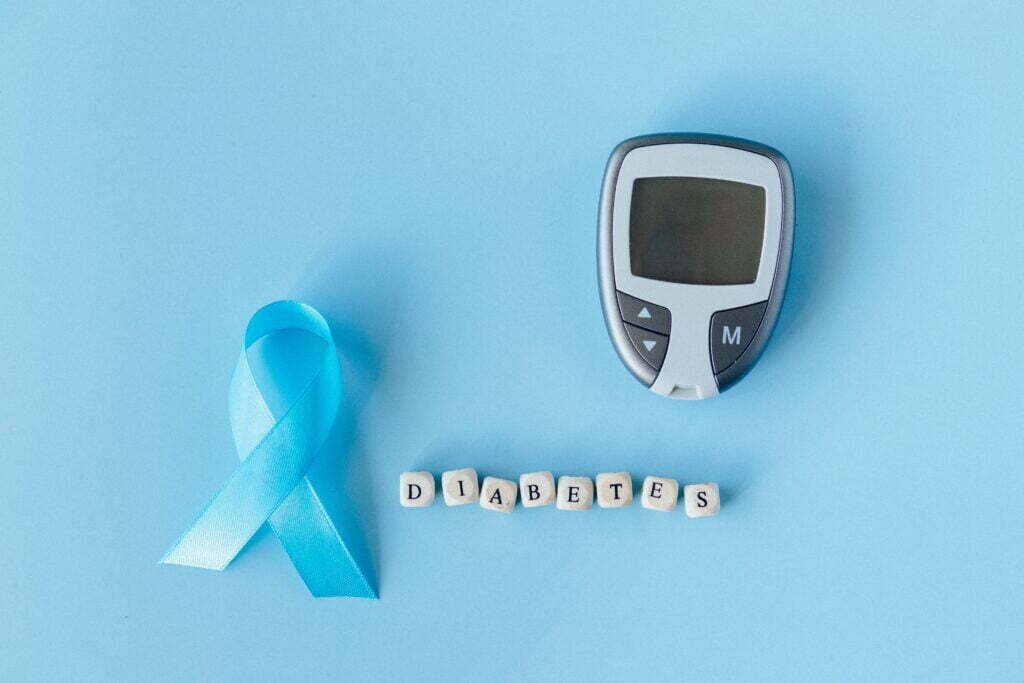
What are the causes of Type 1 diabetes?
Type 1 diabetes usually occurs when the body’s immune system attacks and destroys the beta cells of pancreas that produces insulin. According to scientists, diabetes is caused by genes and environmental factors, such as viruses, which might trigger the disease. Studies have shown that bionic pancreas could help improve the management of type 1 diabetes ,eliminating the need for constant blood sugar testing.
What are Risk Factors for Type 1 diabetes?
Risk factors of type 1 diabetes are not as clear as type 2 diabetes. Few known risk factors include:
- Family history of type 1 diabetes. If a family member had type 1 diabetes you are at higher risk of developing the disease
- According to few researchers, certain viruses might trigger the development of type 1 diabetes causing the immune system to turn against the body instead of helping it fight the sickness. Few of the viruses that are believed to trigger type 1 diabetes include Mumps, German measles
- In the U.S Caucasians seem to be more susceptible to type 1 diabetes than African- Americans and Hispanic-Americans. Chinese people are at a lower risk of developing type 1 diabetes.
What are the causes of Type 2 diabetes?
In Type 2 diabetes the hormone produced by beta cells of pancreas i.e, Insulin no longer functions as it should. Type 2 diabetes is caused by several factors including lifestyle and genes. Type 2 diabetes is mainly caused due two interrelated problems:
- Cells in fat, muscle and liver become insulin resistant and they no longer absorb or use insulin as they should.
- The beta cells in your pancreas that produce Insulin don’t produce enough insulin to manage blood sugar levels.
The Insulin resistance occurs when cells in your body fat, liver, and muscles start resisting or ignoring the signal that insulin is trying to send out—that is to collect glucose out of the bloodstream and put it into our cells. Glucose, otherwise known as blood sugar, is the body’s main source of fuel. We obtain glucose from grains, vegetables, fruits, dairy products, and drinks which break down into carbohydrates.
When your cells don’t respond adequately to insulin’s signal, it results in too much glucose remaining in your bloodstream (high blood sugar). This can lead to prediabetes, which can progress into full-blown type 2 diabetes.
What are Risk Factors for Type 2 diabetes?
Type 2 diabetes can occur at any age even during childhood. You are at a risk of developing type 2 diabetes if you,
- are Obese or overweight
- are of age 40 or older. Children and teens also develop type 2 diabetes but the chances of developing it are higher as a person gets older.
- have prediabetes
- have a family history of diabetes
- are African-American, Hispanic/Latino, Asian American.
Type 2 diabetes can be prevented or delayed with proven lifestyle changes which include losing weight if you are overweight/obese, eating a healthy diet and exercising on a regular basis.
What are the causes of gestational diabetes?
Gestational diabetes, a type of diabetes that occurs during pregnancy is caused by hormonal changes of pregnancy along with genetic and lifestyle factors.
Insulin resistance, which affects all pregnant women during the late pregnancy, is a result of hormones the placenta produces. However, some pregnant women are unable to produce enough insulin to reverse insulin resistance. Insufficient insulin production by the pancreas leads to gestational diabetes.
A woman is more likely to develop gestational diabetes if she has a family history of diabetes.
Risk Factors for Gestational diabetes?
You are likely to develop gestational diabetes if you,
- Have a family history of diabetes
- are obese or overweight
- Had gestational diabetes during a previous pregnancy
- Have a hormone disorder called polycystic ovary syndrome (PCOS).
Gestational diabetes usually goes away after you give birth, but it increases the risk of developing type 2 diabetes. Your baby is more likely to be obese as a child or teen and might develop type 2 diabetes later on in life.
